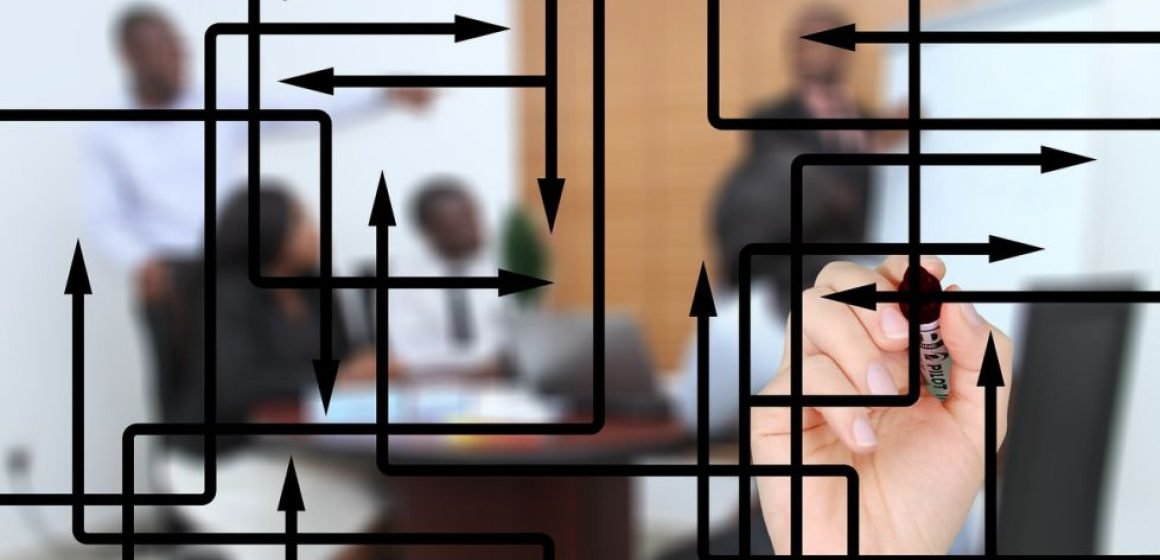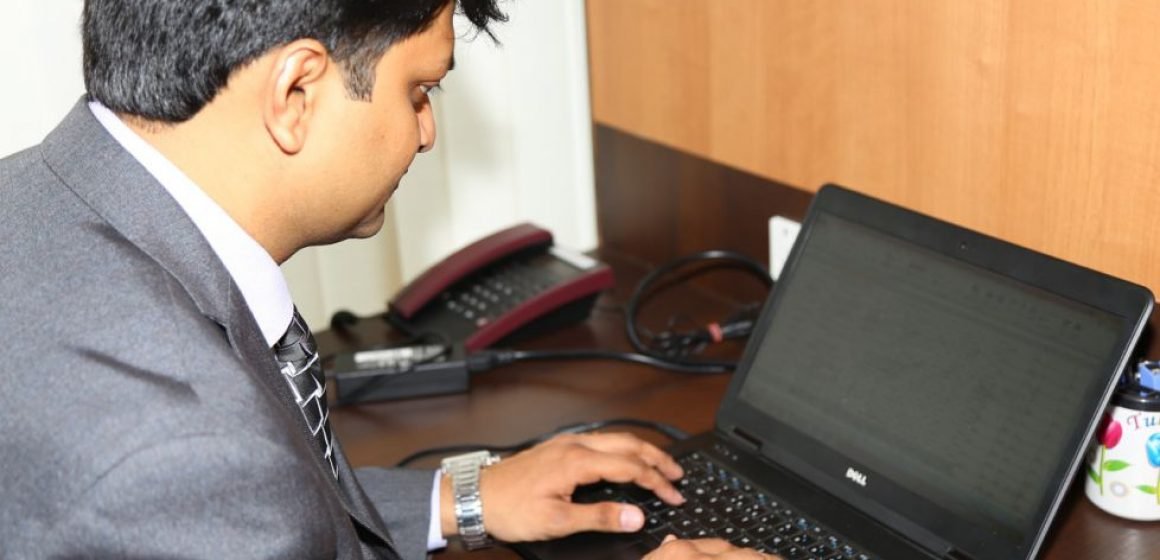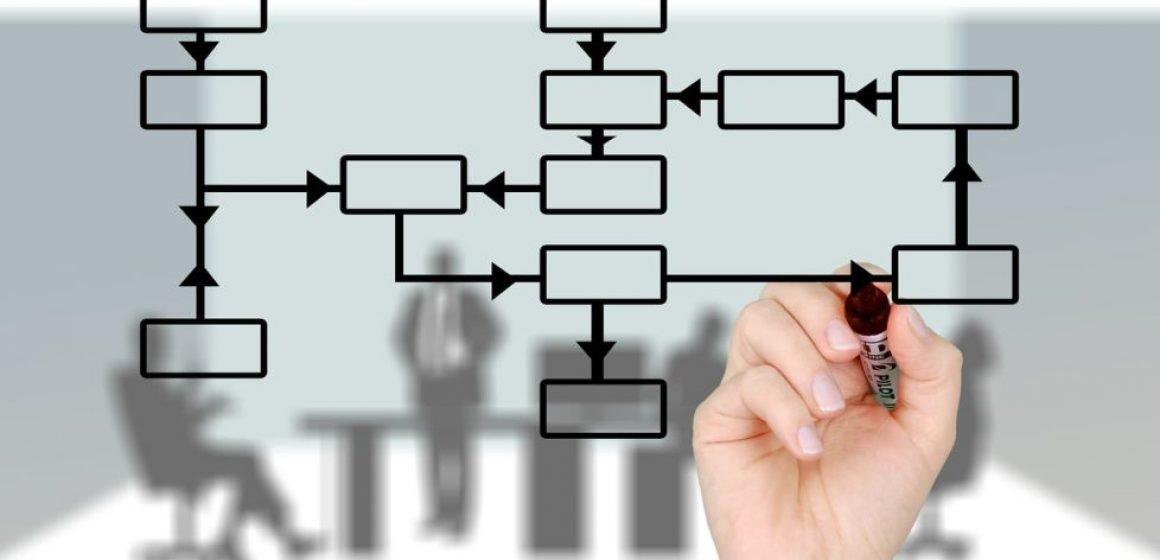Skip to content Secretaries and Personal Assistants

- Understanding the strategic role of today’s executive assistant
- Working \’with\’ versus working \’for\’ your leader
- The challenges impacting the 21st century administrators
- The competencies of the modern personal assistant
- Self-empowerment: creating your own mission statement
- Developing forward thinking: being a proactive thinker
- Using technology to get things done
- Definition of EI
- The conceptual model
- Understanding the four dimensions of EI:
- Awareness of own role
- Management of own responsibilities
- Awareness of office politics and environment
- Management of stakeholders
- Recognizing how stress and feelings affect performance
- Applying EI in building relations and dealing with difficult situations
- Building excellent relationships with colleagues
- Dealing with difficult personalities
- Developing self-confidence and assertiveness
- Presenting your ideas and influencing others
- Effective Business writing:
- Writing powerful emails
- Writing minutes of the meeting
- Planning
- Setting SMART objectives
- Writing your personal goal setting plan
- Organizing
- Delegating effectively
- Setting task priorities
- Directing/leading
- Understanding the team dynamics
- The coaching clinic
- Controlling
- Setting useful metrics
- Building and maintaining systems
- Forging a customer service culture in your office
- The importance of internal customer service
- Making your department customer friendly
- Dealing with visitors
- Creativity tools for decision making
- Definition of creativity
- Creativity tools for generating improvements
- The personal creativity profile
- Stress management
- Identifying causes of stress
- The personal stress worksheet
- Time management preventive measures

- Being a talent
- The changes in the psychological contract
- Seeing through obstacles
- Adaptability and change
- Gaining credibility
- Taking the initiative
- Embracing a positive attitude
- Customer relation
- Productivity definition
- Effectiveness versus efficiency
- Signs of inefficiencies at your office
- Simplification of work processes
- Best practices to be more productive
- Self-leadership
- Personal SWOT analysis
- Reactive versus proactive
- Effective communication:
- Types of communication
- Communication barriers
- Listening skills
- Time management:
- Time wasters
- Setting priorities
- Solving office problems (and turning them into opportunities)
- Types of problems
- Problem solving techniques
- Working as a Team
- Criteria of an administrator
- Competency explained
- Core competencies versus technical competencies
- Administrator’s technical competencies:
- Task planning
- Organizing work and meetings
- Information management
- Utilization of office technologies
- Definition of business writing
- Setting emails, letters and memos in context
- Applying modern writing techniques
- Responding to different email/memo scenarios
- Promoting clarity in writing and avoiding any miscommunication

- The role of an office professional in the 21st century
- Communication skills and techniques
- Confidence as a tool
- Assertiveness in the workplace
- Time management under pressure
- Organizational skills
- Task planning
- Prioritizing the workload
- Understanding the business – the big picture
- Taking control of the workload
- Change management in the work environment
- Effective goal setting
- Active listening
- Effective business letter writing
- E-mail writing
- Minutes writing
- Note writing
- Report writing
- Creating presentations
- Winning the room
- Presentation styles
- Image and perception management
- Effective working relationships
- Working styles
- Identifying styles
- Adapting to work styles
- Having valuable meetings
- Being a team player
- How and when to delegate
- Understanding and influencing behaviors
- Expressing needs and opinions with clarity
- Giving and receiving feedback
- Resolving conflict
- Utilizing empathy to achieve a common goal

- The changing organization
- The role of management in the workplace
- The main tasks of office managers
- New roles for new times
- Optimizing communication and influence
- Fostering a professional attitude
- Producing results from various activities
- Use of technology to get things done
- Mastering filing systems
- Five secrets to organize files better
- Electronic archiving
- Records management
- The records and information cycle
- Common problems in records management
- Rules for indexing personal and business names
- Cross referencing personal names
- Design and productivity
- Feng Shui office design: the art of working (tips and basic steps)
- Dealing with and managing diversity
- Communicating across cultures
- Six steps to great time management
- Dealing with difficult bosses
- Inbox zero: managing emails effectively
- Business communication
- Communication defined
- Types of communication
- Tips for smart communication
- Creating powerful short presentations
- Tips for powerful presentations
- Key characteristics of dynamic speakers
- The four step communication process
- The \’A-U-D-I-E-N-C-E\’ analysis
- The anatomy of a good presentation
- Advanced business writing
- Managing the expectations of readers
- Using positive and courteous language
- Preparing meeting agendas and minutes
- Basic modern office etiquette
- Telephone etiquette
- Email etiquette
- Event planning and execution
- Preparing for meetings and conferences
- Major event planning elements
- The event tool box
- Team and leadership skills
- Team formation stages
- Situational leadership

- Perception versus reality
- The 3Ds of successful administrators: dramatically and demonstrably different
- Competencies required for success
- What it takes to be a \’star\’ at work
- Identifying your role
- Improving credibility and gaining recognition
- Importance of having positive attitude
- Being assertive
- Selling your ideas to the boss, colleagues, subordinates and clients
- Preparing a professional presentation
- What constitutes professional business writing
- Style and layout
- Obtaining your objective with the reader
- Expectations of readers
- Understanding the needs of internal and external customers
- Removing services barriers
- Providing excellent service
- Breaking down the silo mentality
- Handling complaints
- Causes and symptoms
- Identifying your stressors
- How stress affects performance
- Formulating a comprehensive stress management plan
- Identifying and eliminating time wasters
- Setting goals and priorities
- Using measures to control and improve your effectiveness
- Planning and managing time for self and others
- Preparing time logs and learning from them
- Elements of an effective meeting
- Preparing the agenda
- Meeting common time wasters
- Taking minutes of meetings
- Responsibilities of meeting leaders and participants
- Professional telephone behavior
- Rules for good listening
- Steps in professional handling of an incoming call
- Dealing with difficult callers
- Identifying common phone problems and formulating solutions

- Understanding the strategic role of today’s executive assistant
- Working \’with\’ versus working \’for\’ your leader
- Achieving higher engagement and involvement in your leader’s scope of work
- Self-empowerment: creating your own mission statement
- Increasing your share in decision making
- Developing forward thinking: being a proactive thinker
- Understanding the four dimensions of EI:
- Awareness of own role
- Management of own responsibilities
- Awareness of office politics and environment
- Management of stakeholders
- Recognizing how stress and feelings affect performance
- Applying EI in building relations and dealing with difficult situations
- Planning for a convincing presentation
- Developing and organizing objectives and content
- Delivering the presentation and fielding questions
- Using visual aids to support the presentation
- Definition of \’system\’
- The why and how of systems
- Filing systems: controlling documents, e-filing and cloud storage
- Time management systems: planning, organizing and controlling
- Idea generating systems: spotting and implementing improvements
- Self-management systems: setting your own targets and exceeding them
- Using discipline to maintain and ensure system continuity
- Principles of successful negotiations with internal and external suppliers
- Negotiation planning
- Negotiations tactics
- Aiming at win-win outcomes
- Negotiating for the long term
- Principles of business etiquette
- Phone, e-mail and meeting etiquette
- Understanding values, beliefs and perceptions
- Dealing with different personalities and cultures
- Creating a personal brand within the organization

Course Outline
- Understanding your role within your team
- Building an excellent professional image
- Strategies for an outstanding team player
- Understanding your team player style
- Having the right attitude to excel
- Building information expertise
- Seeing through obstacles and building on talents and strengths
- Maturity and political skills
- Adaptability to a changing office environment
- Gaining credibility
- Taking the initiative
- Why we misunderstand other people
- Choosing the right communication medium
- Building excellent relations with your manager and colleagues
- Overcoming communication barriers
- Communicating with assertiveness and self-confidence
- Understanding cultural differences
- Strategies for greater visibility and influence
- Ingredients of a professionally written document
- Key techniques for effective e-mails
- Dos and don’ts of business writing
- Email writing principles and etiquette
- Building rapport and writing with credibility
- Professional telephone behavior
- Key competencies for success
- The can-do service driven approach
- Handling difficult callers
- Identifying and controlling your time wasters
- Setting your priorities and working standards
- Maximizing your efficiency
- Planning and organizing a productive work day
- Your memory as a business tool
- Why we forget
- Daily memory practice and training
- Techniques to increase concentration
- Remembering \’by association\’ and linking
- Using acronyms and the method of loci
- Strategies to remembering names

Course Outline
- The organization: How your information is managed today
- Definitions: Understanding what the information terms mean
- Document control and records management: Similarities and differences
- Your organization
- Identifying its type
- Identifying its staff
- Identifying its information
- Defining information goals for the organization
- How to achieve information goals
- Business case
- Defining the purpose
- What to include
- Objectives of the case
- Document Control specifics
- Records Management specifics
- Records review
- Identification of documents and records
- Critical information, documents and records
- Electronic and physical formats
- Storing records
- File plans
- Challenges and problems
- Classification of records
- Retention and disposition
- Laws, regulations, standards and business requirements
- Developing a retention schedule
- Privacy and protection
- Transparency
- Integrity
- Security
- Business, historical and preservation archives
- Psychology of filing
- Accountability
- Communication and collaboration
- Creating the information management message
- Knowledge transfer
- Developing the education package
- Sponsorship and guidance from senior management
- Information management strategy
- Development of a plan to deliver document and records management
- Policy and guidance writing
- Information asset register
- Document control and records management process plans
- Change management
- Risk and recovery: Disaster prevention and continuity planning
- Education program
- Creating an action plan
